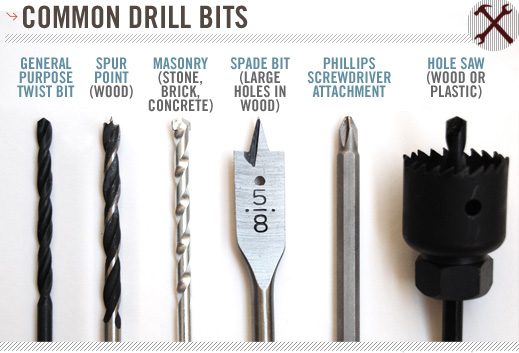
A flat undercut 82-degree head has the same angle as a standard 82-degree head, but the head is much shorter. A higher degree requires a shorter, but more spread-out, countersink hole.

An 82-degree flat head is the standard angle, but there are also 90-degrees, 100-degrees, and more. The degree of a flat head refers to its head angle or the angle from the top of the head to the surface where the threaded part meets the head. You also won’t see the screw head if you use a screw cover. The benefit of flat screws is that you won’t have to worry about your screw sticking out from the surface and causing other things to catch on it, which is essential if you’re creating your own sofa or building a bookshelf that people will walk by often. These types of screws require you to countersink them.

Here is the list of different types of Screw heads:įlat screw heads sit entirely flush with a surface, leaving none of the heads exposed. Of the many that exist, the most common are: slotted, Phillips, combination (both slotted and Phillips), hex, socket, square, Torx®, and wrenches.
#Different types of drill bits chart install
The drive style - or what is known as the drive recess - refers to the type of tool you use to install (or remove) the screw. Manufactured from plastic, these caps are available in standard colors to match commonly used plastic laminates and wood.īugle heads are commonly found in drywall screws, and the head design automatically compresses the drywall paper and plaster as it is installed, creating its own countersunk hole. If you use flat head screws in finishing, consider using a flat head screw cover (aka “beauty cap”) to hide the head (not all drive types accept screw covers). The advantage is that little or no part of the head protrudes above the surface of the material. Unless the material is very soft, flat and oval heads require a countersunk hole. Sometimes features are combined, as in the case of slotted hex, hex washer, slotted hex washer, and round washer head designs.Ĭountersunk designs consist primarily of flat, oval, and bugle heads. This style includes binding, button, cheese, fillister, flange, hex, pan, round, socket, and low socket, square, and truss heads (binding head is sometimes referred to as binder head). Non-countersunk heads – where the head is completely exposed comprise the widest variety. There are two basic designs: countersunk and non-countersunk. The drive recess or style is ultimately based on the tool you use during installation. Your chosen head shape or style can either serve a functional or decorative purpose. Wood, Panel and Structural Timber Products - Mechanical Properties Density, fibre stress, compressive strength and modulus of elasticity of clear wood, panel and structural timber products.The two basic types of screw heads, countersunk and non-countersunk, include various unique designs.Wood Screws - Withdrawal Force Allowable withdrawal load force.US Wood Screws - Pilot Holes Hard wood and soft wood pilot holes, shank clearance holes and countersink diameters.


Softwood and Hardwood - Structural Strength Classes Strength classes, bending stress and mean density of hardwood and softwood.Inches Metric versus Imperial equivalent screw dimensions. Nails and Spikes - Withdrawal Force Allowable withdrawal load for nail and spikes.Fasteners - Type Chart Wood screws, machine screws, sheet metal screws, self drilling SMS and more.Drill Bit Speed - Hardwood and Softwood Hardwood and softwood drill speed chart.Fasteners Bolts, nuts and threaded rods - torque, tension and loads.Standard Gauges for Wire and Metal Sheet.


 0 kommentar(er)
0 kommentar(er)
